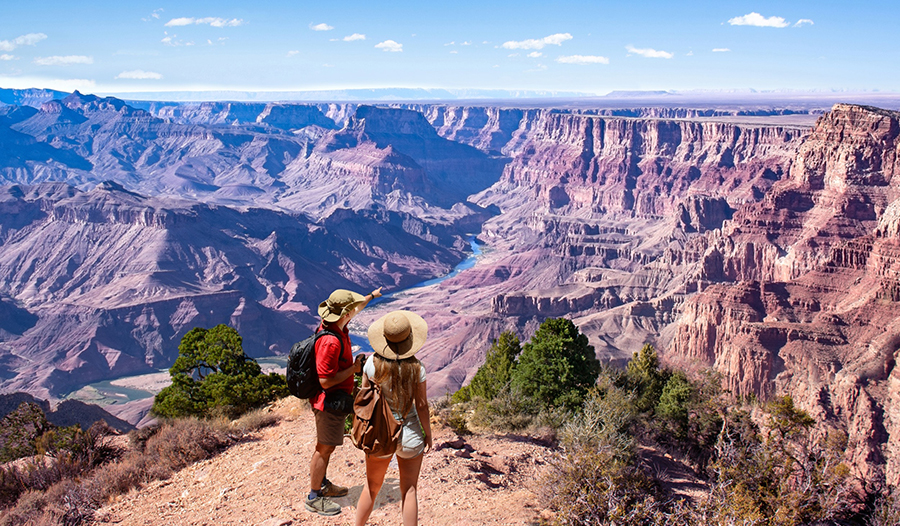U.S. Secretary of the Interior David L. Bernhardt has announced the annual economic benefit of national parks to the U.S. and local economies. In 2019, visitor spending in communities near national parks resulted in a $41.7 billion benefit to the nation’s economy and supported 340,500 jobs. Visitor spending increased by $800 million from 2018 to 201,9 and the overall effect on the U.S economy grew by $1.6 billion. In the last five years, visitor spending has increased by $4.1 billion, and the effect on the U.S. economy grew by $9.7 billion.
“We have been working to safely welcome the public back to their national parks and provide more service again,” said Secretary Bernhardt. “These treasured places provide respite and recreation for the American people, in addition to vital economic support to gateway communities across the country. The tremendous value of our national parks is undeniable as is the need to adequately maintain them which is why President Trump has called on Congress to address the decades of deferred maintenance.”
According to the annual National Park Service report released on June 11, 2019, National Park Visitor Spending Effects more than 327 million visitors spent $21 billion in communities within 60 miles of a park in the National Park System. Of the 340,500 jobs supported by visitor spending, more than 278,000 jobs exist in communities adjacent to parks. The report includes statistics by park and by state on visitor spending and the number of jobs supported by visitor spending.
“Safely increasing access to national parks and other public lands supports individual and collective physical and mental wellness, said National Park Service Deputy Director David Vela, exercising the authority of the Director. “It also benefits park gateway communities where millions of visitors each year find a place to sleep and eat, hire outfitters and guides and make use of other local services that help drive a vibrant tourism and outdoor recreation industry.”
Lodging expenses account for the largest share of visitor spending totaling $7.1 billion in 2019. The restaurant sector had the next greatest effect with $4.2 billion in economic output. Motor vehicle fuel expenditures were $2.16 billion with retail spending at $1.93 billion.
There are National Park System sites in all 50 states, the District of Columbia and the U.S. territories of Puerto Rico, the Virgin Islands, American Samoa, and Guam. Visitation varies across the country from Grand Canyon National Park in Arizona to Grand Portage National Monument in Minnesota.
Last year, Grand Canyon National Park attracted nearly six million visitors who spent more than $890 million, supported 11,806 jobs and generating $1.1 billion total economic output. Grand Portage National Monument recorded approximately 94,985 visitors who spent an estimated $6,208,000. That spending supported 78 jobs and more than a $6 million total economic output.
An online interactive tool enables users to explore visitor spending, jobs, labor income, value-added, and output effects by sector for national, state, and local economies. It also shows annual trend data. For additional state-by-state information about national parks and how the National Park Service is working with communities, go here.
Photo courtesy Grand Canyon National Park














